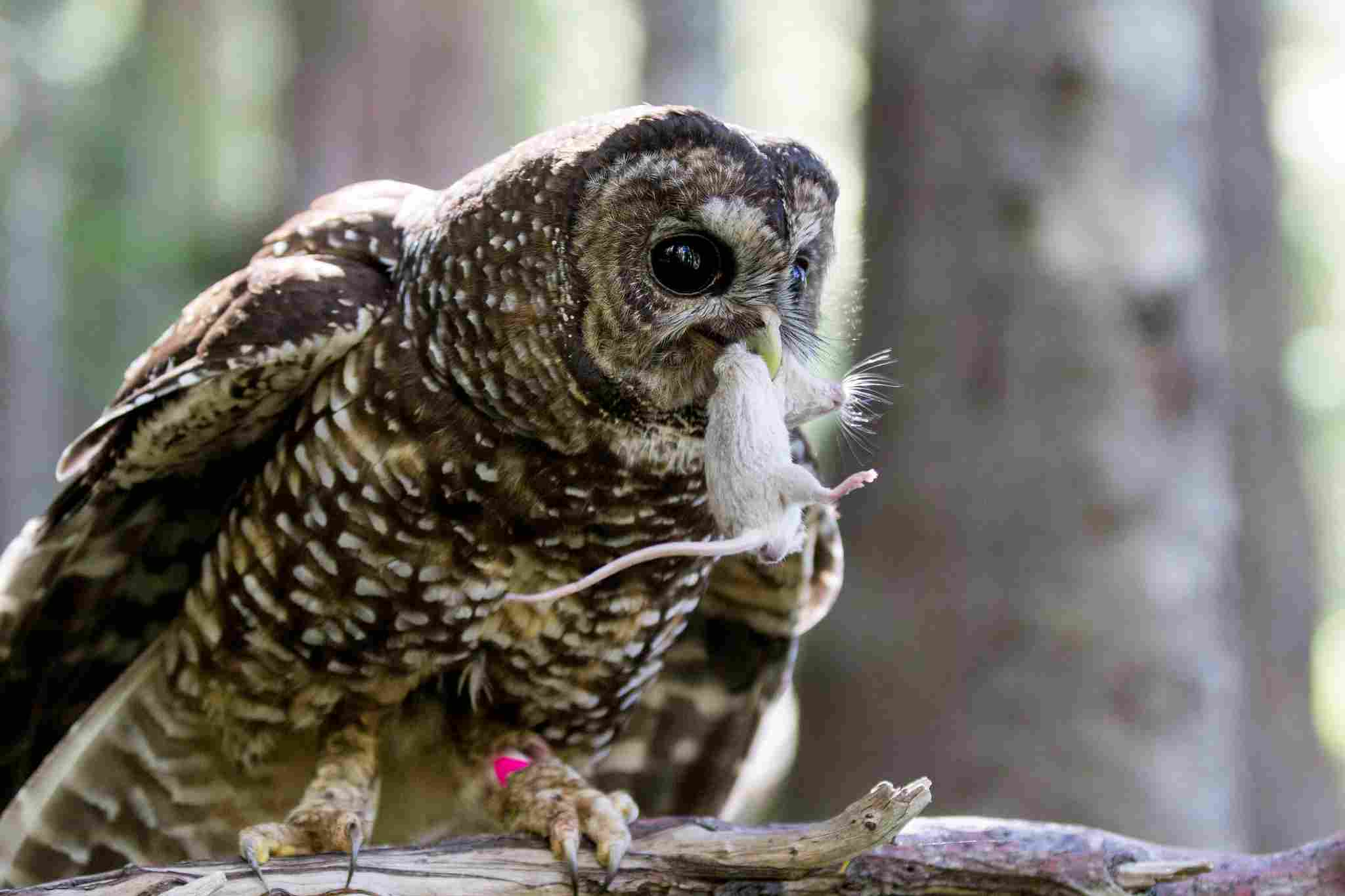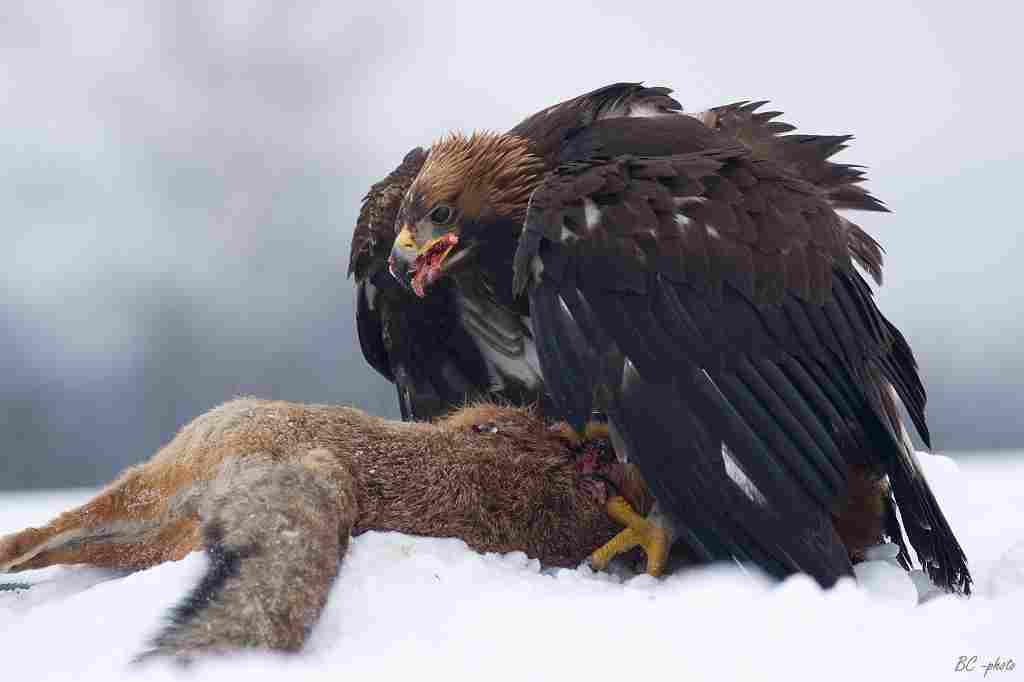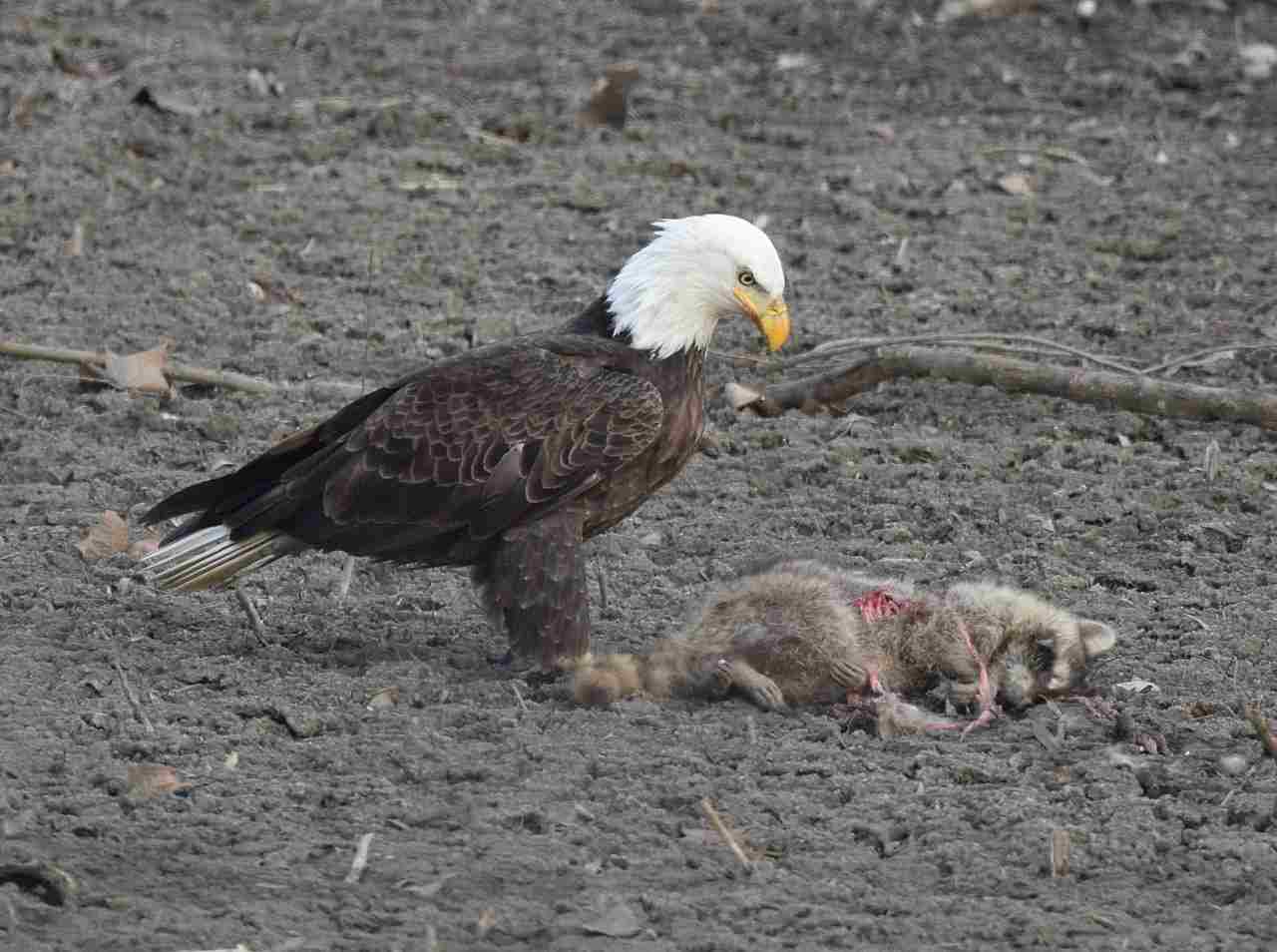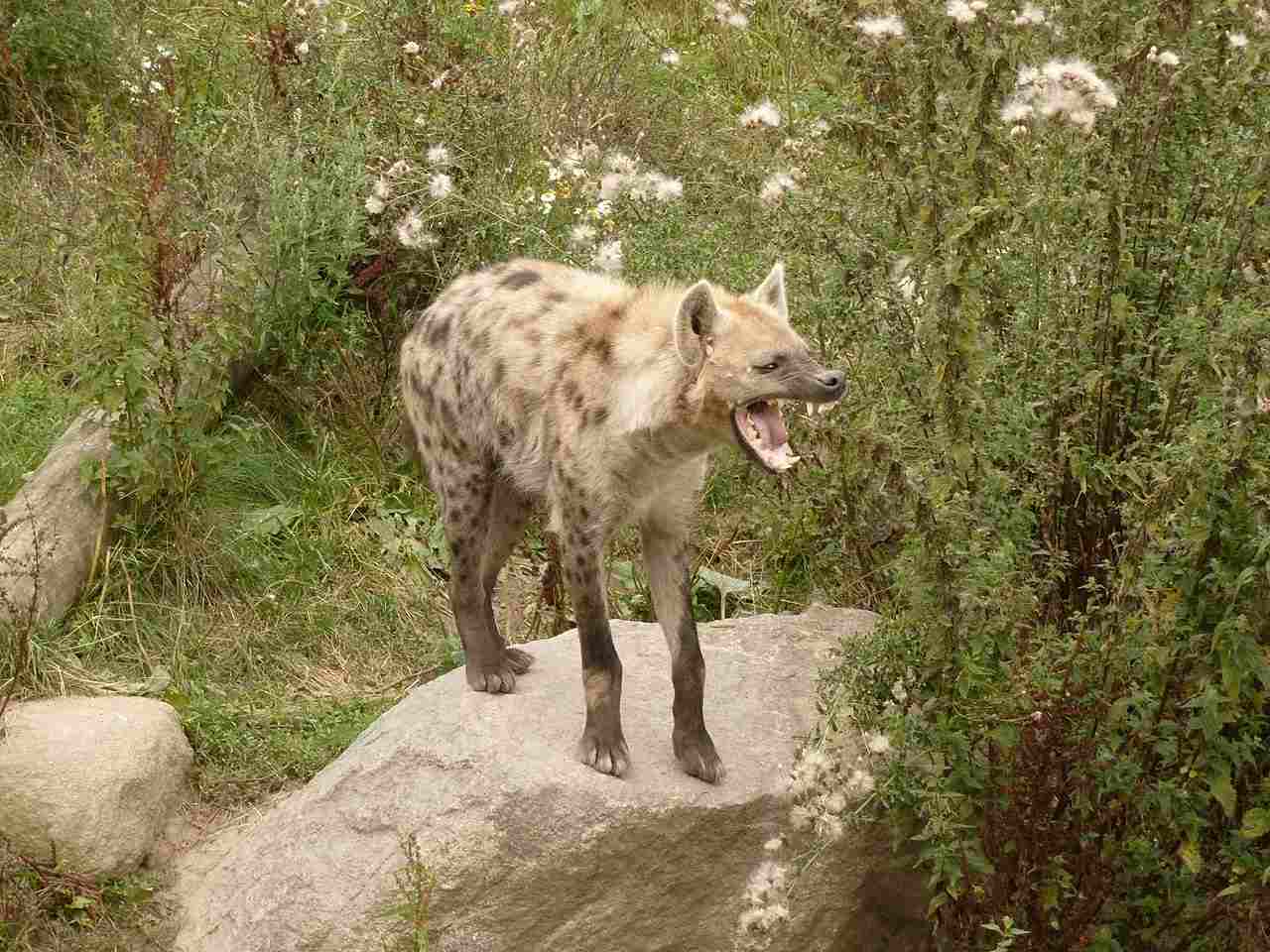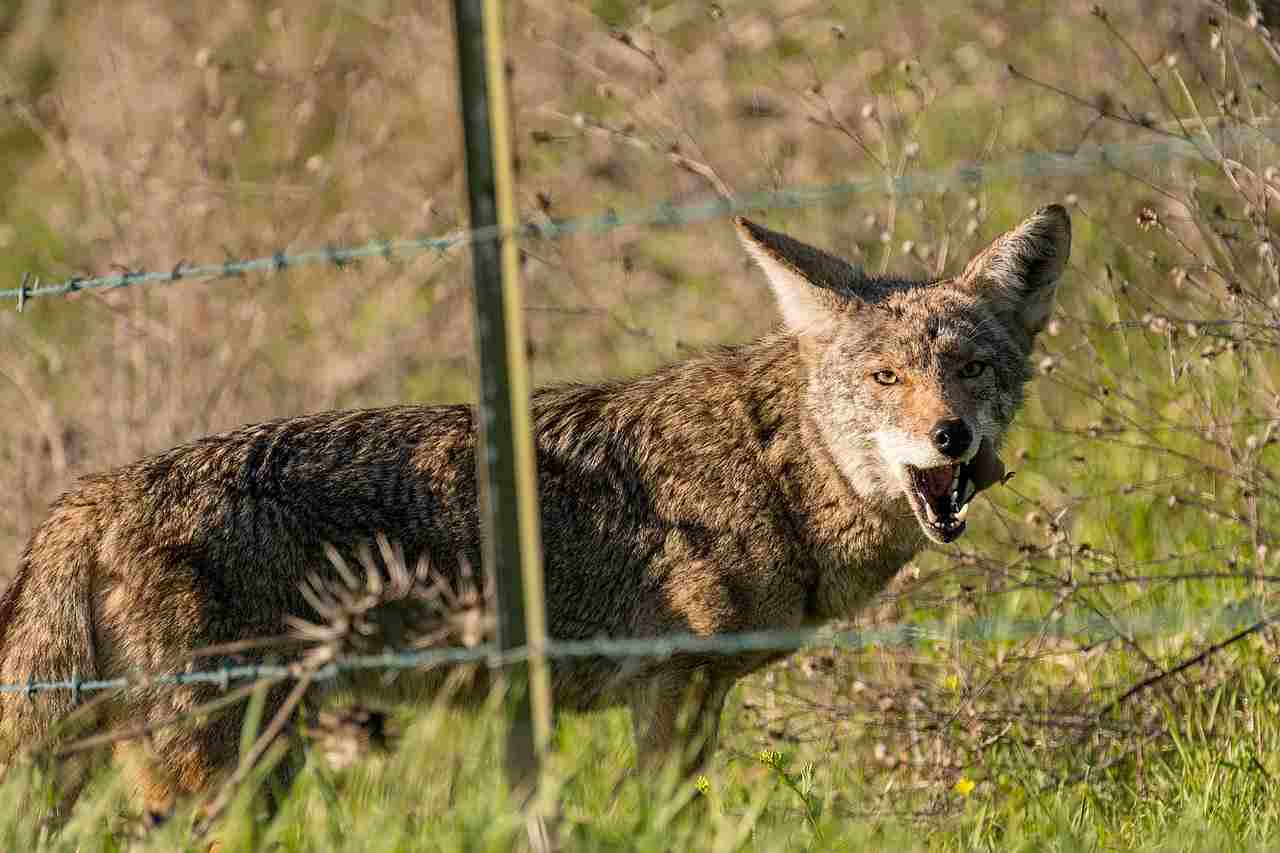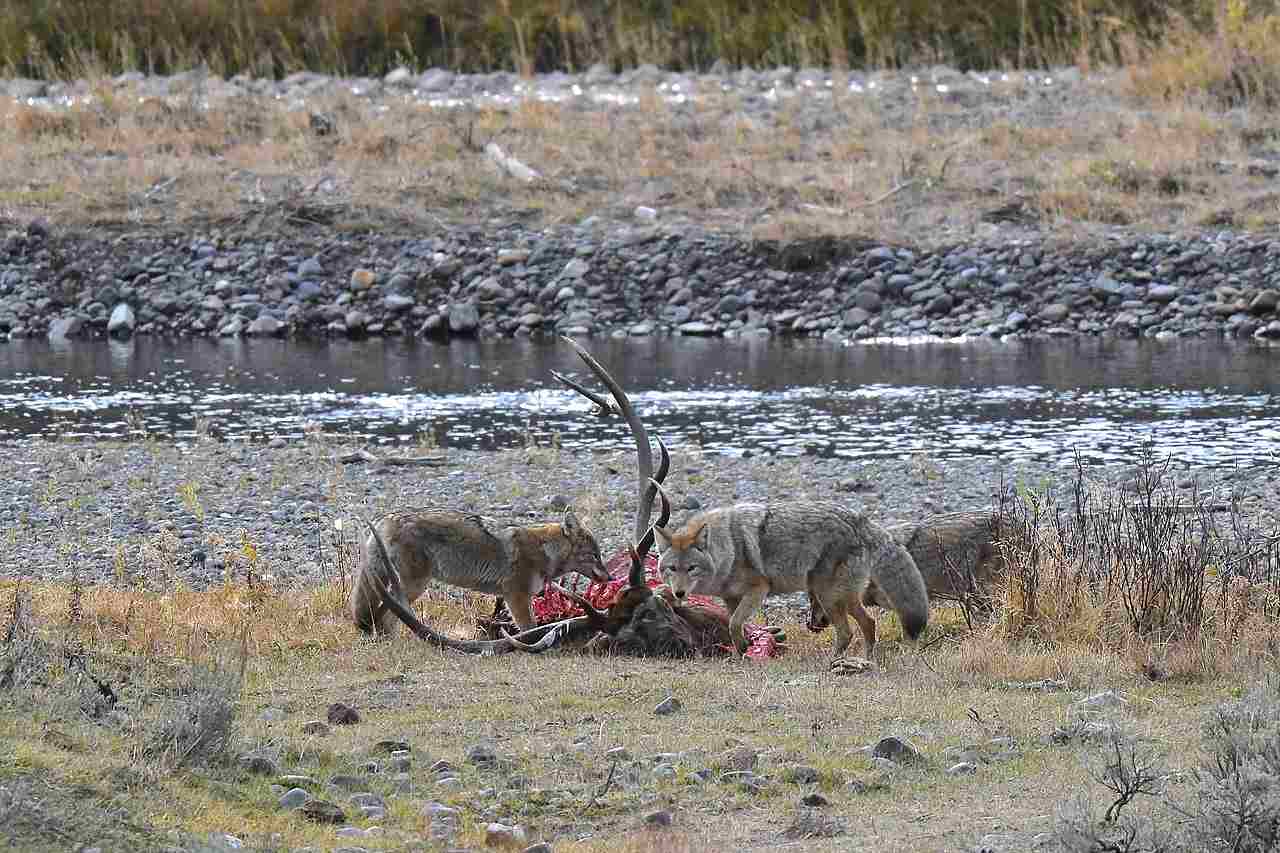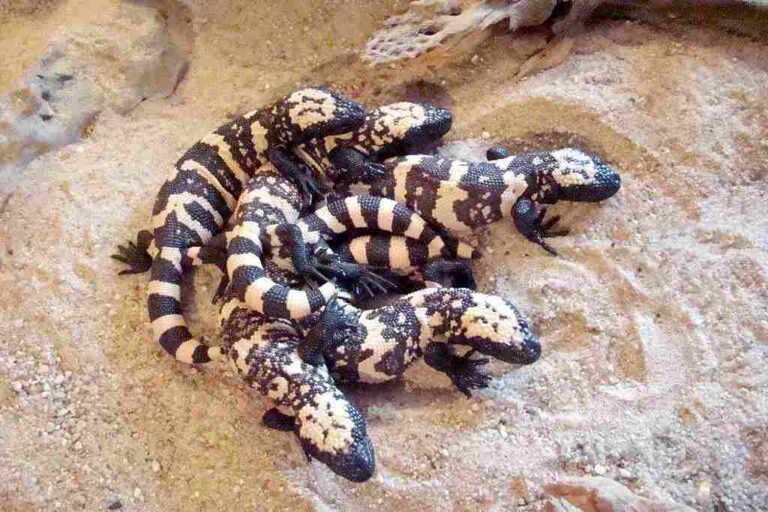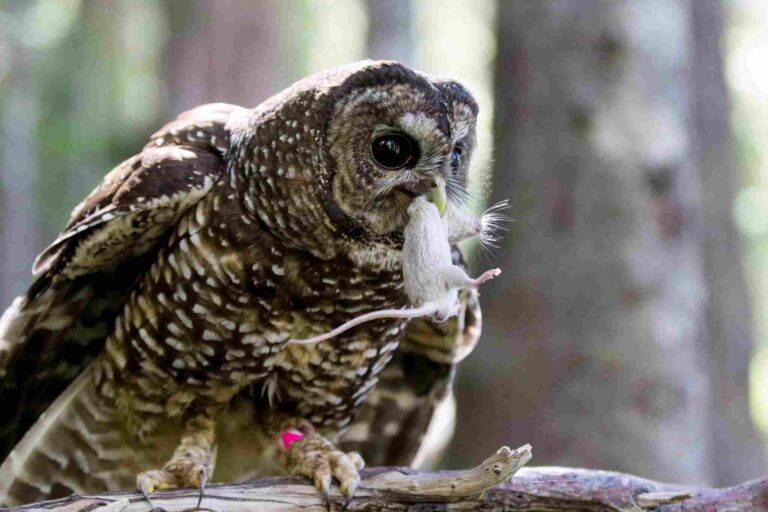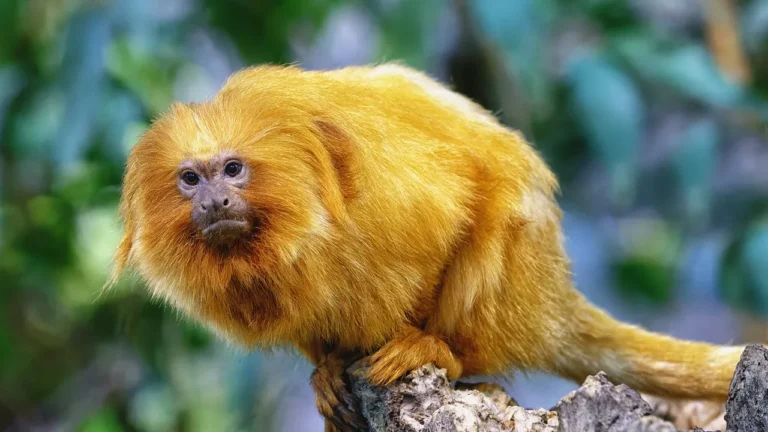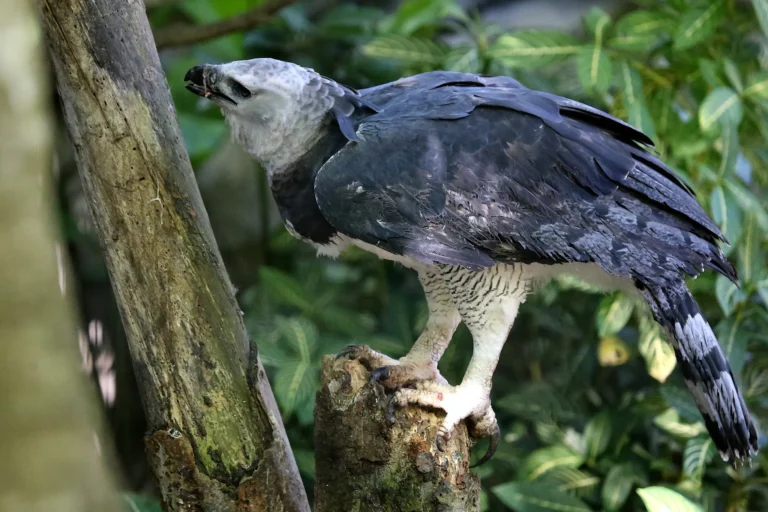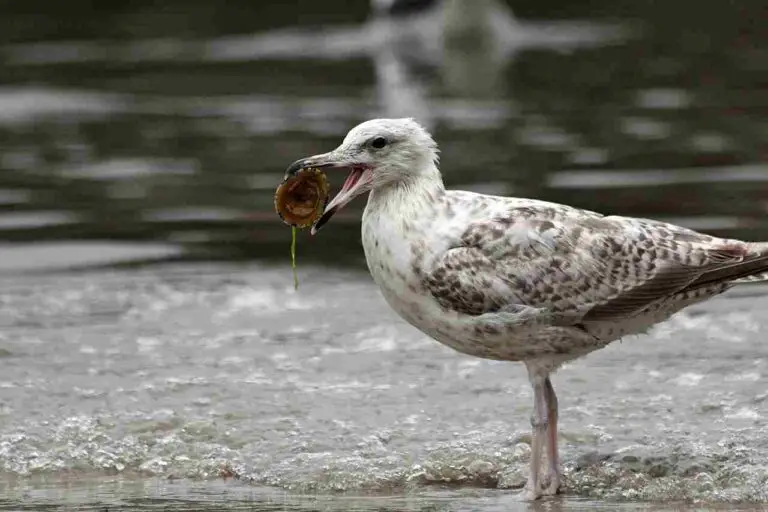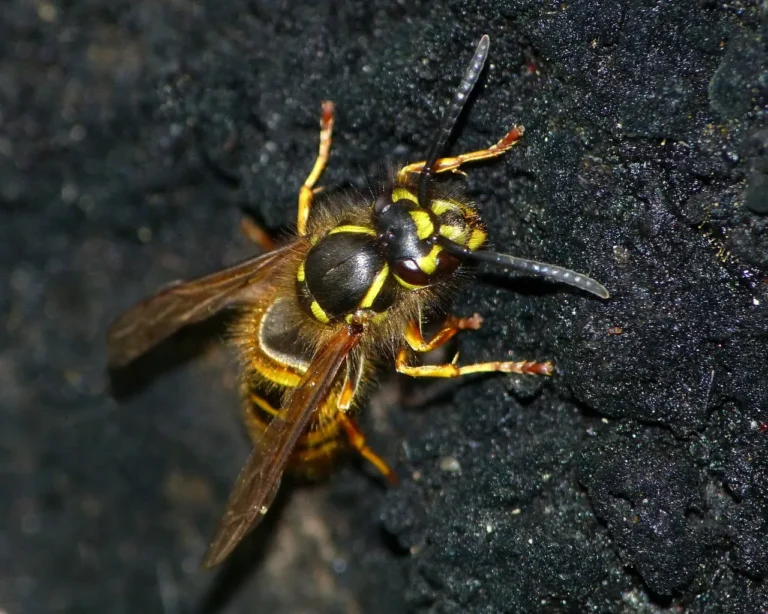What Animal Eats a Fox? 17 Predators of the Fox Discussed
Animals that eat foxes are; bear, wolf, wolverine, lynx, bobcat, eagle, hawk, owl, hyena, jackal, wild dog, coyote, vulture. crocodilians, humans, constrictor snakes, and badger.
Each of these animal is discussed below;
1). Bear
Bears are one of the predators that can eat a fox. These large and powerful animals have the ability to prey on foxes, especially when there is a scarcity of their preferred food sources. Bears are known for their opportunistic feeding habits, and if a fox happens to cross their path, they will not hesitate to make a meal out of it.
In terms of size and strength, bears have a clear advantage over foxes. With their massive bodies and strong jaws, they are capable of overpowering and consuming smaller animals like foxes. However, it’s important to note that bears do not actively seek out foxes as their primary prey. They have a diverse diet that includes a variety of plant matter, insects, fish, and small mammals. Foxes are just one of the many potential food sources for bears.
Bears and foxes can coexist in the same ecosystems, such as forests, grasslands, and even mountainous regions. While bears may not actively hunt foxes, encounters between the two can occur. In situations where food is scarce, bears may be more inclined to target smaller animals like foxes for sustenance.
2). Mountain Lion
Mountain lions, also known as cougars or pumas, are another large predator that can potentially prey on foxes. While they are not natural predators of foxes, mountain lions have been known to hunt and consume them, especially in desert environments where food sources may be limited.
These majestic creatures are highly adaptable and can be found in various ecosystems, including wetlands, forests, and grasslands. Although they primarily feed on ungulates such as deer, mountain lions are opportunistic hunters and will take advantage of any available food source, including foxes.
In terms of size and strength, mountain lions have a clear advantage over foxes. With their muscular bodies and sharp claws, they are capable of overpowering and capturing smaller animals. However, it’s important to note that mountain lions do not actively seek out foxes as their primary prey. They are more likely to target larger prey that provides them with a substantial amount of food.
Mountain lions and foxes can coexist in the same ecosystems, but encounters between the two are relatively rare. Foxes are agile and elusive, making it difficult for mountain lions to catch them. Additionally, foxes are more active during dawn and dusk, while mountain lions are primarily nocturnal hunters.
3). Wolf
Wolves, like foxes, belong to the canid family but are larger in size. They are tertiary consumers, while foxes are considered secondary consumers in the food chain. Wolves have the ability to kill and prey on foxes, primarily due to territorial overlap, competition for small prey, and acute food scarcity.
Wolves are highly social animals that live in packs, which gives them a significant advantage when it comes to hunting. Their cooperative hunting strategies allow them to take down larger prey, such as deer and elk. However, when resources are scarce, wolves may resort to hunting smaller animals like foxes.
Territorial overlap between wolves and foxes can lead to encounters between the two species. In areas where their habitats intersect, competition for limited resources can arise. This competition, combined with a scarcity of food, can drive wolves to target foxes as a potential food source.
Wolves have a diverse diet and are known to be opportunistic hunters. They have a keen sense of smell and excellent tracking abilities, which enable them to locate and pursue their prey. While wolves primarily rely on ungulates for sustenance, they are capable of adapting their diet to include smaller mammals like foxes when necessary.
It’s important to note that wolves do not actively seek out foxes as their primary prey. Foxes are agile and elusive, making it challenging for wolves to catch them. Additionally, foxes are more active during dawn and dusk, while wolves are primarily crepuscular hunters. However, in certain circumstances where food is scarce, wolves may take advantage of the opportunity to prey on foxes.
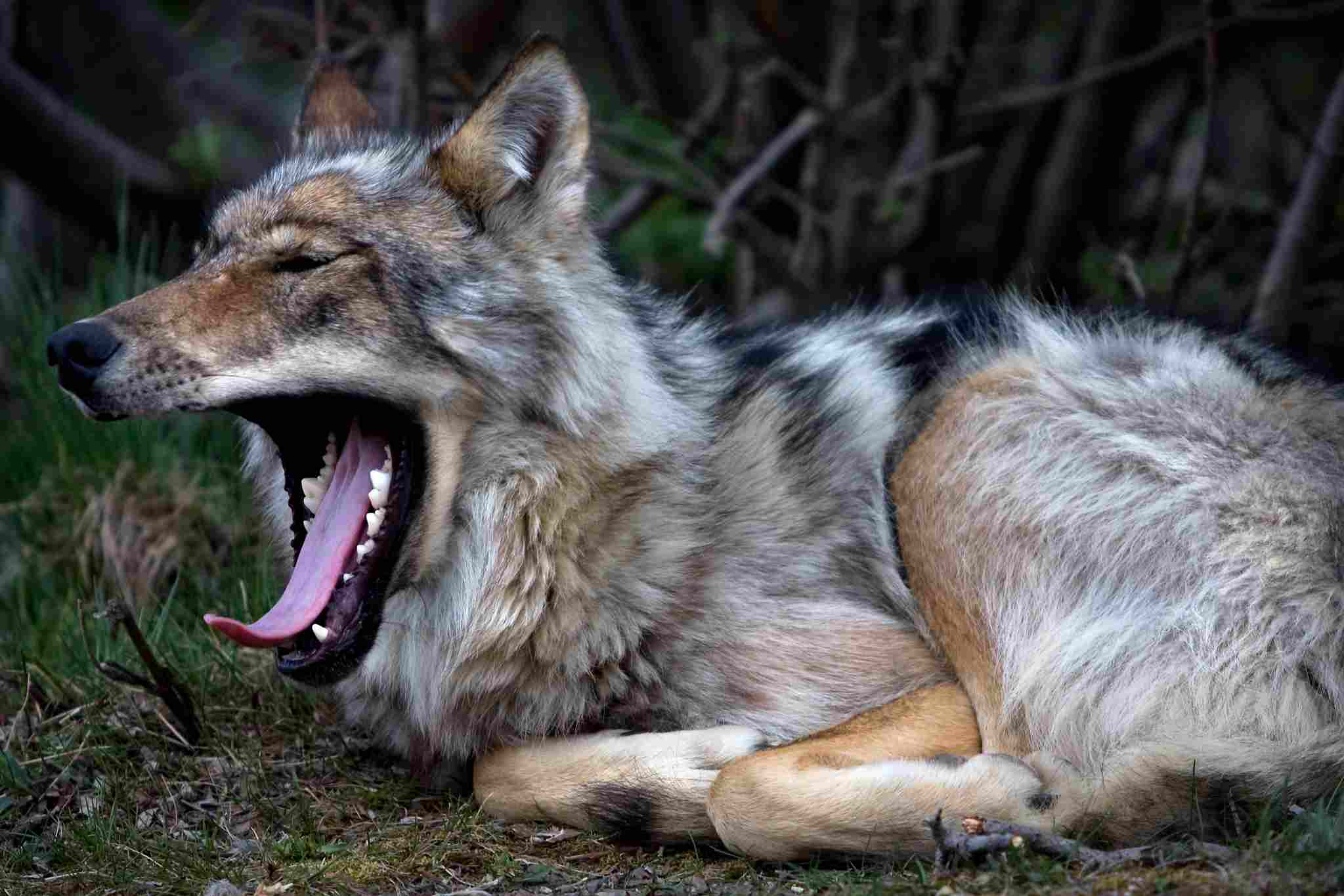
4). Wolverine
While it may not be very likely, the wolverine is a predator that can eat a fox. Wolverines are highly adaptable when it comes to prey selection, which means that they can consume foxes in the absence of their preferred food sources.
Wolverines are known for their strength and ferocity, making them formidable predators in their habitat. They have a diverse diet that includes small mammals, birds, carrion, and even larger prey like deer. Although they primarily feed on carrion, wolverines are opportunistic hunters and will not hesitate to take advantage of any available food source, including foxes.
These solitary animals have a wide range of habitats, including forests, tundra, and mountains. They are well-suited to survive in harsh environments and are known for their endurance and agility. Wolverines have powerful jaws and sharp teeth, allowing them to tear through flesh and bone with ease.
In terms of hunting, wolverines are known for their persistence and ability to track down their prey. They have a keen sense of smell, which helps them locate food sources over long distances. Wolverines are also skilled climbers and can navigate through rugged terrain to reach their prey.
While wolverines are not specifically targeting foxes as their primary prey, they will not pass up the opportunity to consume a fox if it presents itself. Foxes are smaller and more agile than wolverines, but in certain circumstances, such as when food is scarce, wolverines can overpower and consume them.
5). Lynx
The lynx is a carnivorous feline that sometimes shares the ecosystem with foxes. While they may not be direct competitors, lynxes are known to prey on foxes when the opportunity arises.
Lynxes are medium-sized cats with distinctive tufted ears and a short tail. They have powerful legs and large paws, which help them navigate through snowy terrain. Lynxes are well-adapted to cold climates and are found in regions such as North America, Europe, and Asia.
In terms of diet, lynxes are primarily carnivorous and feed on a variety of small to medium-sized mammals. Their preferred prey includes rabbits, hares, and rodents. However, when these prey species are scarce, lynxes may turn to other food sources, including foxes.
Lynxes are stealthy hunters and rely on their excellent vision and hearing to locate their prey. They have a keen sense of smell, which helps them track down potential meals. Lynxes are patient predators and will patiently wait for the perfect moment to pounce on their unsuspecting prey.
When it comes to foxes, lynxes are capable of overpowering them due to their larger size and strength. Lynxes are solitary animals and are known for their ability to ambush their prey. They use their sharp claws and powerful jaws to deliver a swift and lethal attack.
While lynxes may not actively seek out foxes as their primary prey, they will not hesitate to take advantage of the opportunity if it presents itself. Foxes are smaller and more agile than lynxes, but in certain circumstances, such as when food is scarce, lynxes can successfully hunt and consume them.
6). Bobcat
The bobcat is a relatively small feline that can be found in various habitats across North America. While they are not the primary predators of foxes, bobcats are known to prey on foxes when the opportunity arises.
Bobcats are solitary animals and are highly adaptable to different environments. They have a compact and muscular body, with short legs and a short tail. Their fur is typically brown or gray with distinctive spots or stripes, which helps them blend into their surroundings.
In terms of diet, bobcats are carnivorous and feed on a variety of small to medium-sized mammals. Their preferred prey includes rabbits, squirrels, and rodents. However, if a bobcat encounters a smaller fox and perceives it as a threat, competition, or potential prey, it may attack and kill the fox.
Bobcats are skilled hunters and possess excellent stealth and agility. They rely on their keen senses of sight and hearing to locate their prey. When hunting, bobcats use their powerful legs to pounce on their unsuspecting victims, delivering a swift and lethal attack.
While bobcats are capable of overpowering smaller foxes, they are not typically considered a major threat to adult foxes. Foxes are generally more agile and elusive, making it challenging for bobcats to catch them. However, if a bobcat encounters a young or injured fox, it may take advantage of the opportunity and prey on it.
It’s important to note that bobcats and foxes often share the same habitat and may compete for similar resources, such as food and shelter. In some cases, bobcats may view foxes as potential competitors and may attack them to eliminate the competition.
7). Eagle
Eagles are powerful raptors that commonly prey on foxes. With their sharp talons and exceptional hunting skills, eagles are formidable predators in the animal kingdom. These majestic birds of prey are known for their keen eyesight and impressive aerial abilities, which they utilize to their advantage when hunting.
One of the primary reasons why eagles target foxes as prey is because of their small size and relatively low weight. Foxes are generally smaller than eagles, making them vulnerable to attacks from above. Eagles are skilled at using their talons to snatch their prey, often ambushing them from the sky with incredible speed and precision.
When hunting, eagles soar high above their hunting grounds, scanning the landscape for potential prey. Their exceptional eyesight allows them to spot even the slightest movement from a considerable distance. Once an eagle spots a fox, it will swoop down with lightning speed, using its powerful wings to maintain control and accuracy during the attack.
Eagles are known to target both young and adult foxes, although they may prefer younger and more vulnerable individuals. The element of surprise is crucial for eagles, as they rely on catching their prey off guard. Once an eagle has successfully captured a fox, it will use its sharp beak and talons to deliver a swift and lethal blow.
It’s important to note that eagles are opportunistic hunters and will also feed on a variety of other small to medium-sized animals. Their diet may include rodents, rabbits, birds, and even fish. However, when the opportunity presents itself, eagles will not hesitate to take advantage of a fox as a potential meal.
8). Hawk
Hawks, such as the ferruginous and red-tailed hawks, are another predator that can prey on foxes. These majestic birds of prey are known for their keen eyesight and impressive hunting skills. Hawks are particularly skilled at hunting in open areas such as grasslands and deserts, where food sources for them can be scarce.
With their sharp talons and powerful beaks, hawks are well-equipped to capture and kill their prey. When hunting for foxes, hawks rely on their exceptional eyesight to spot their target from high above. Once they have located a fox, hawks will swoop down with incredible speed and precision, using their talons to snatch their prey.
Hawks are opportunistic hunters and will feed on a variety of small to medium-sized animals. While they may not specifically target foxes as their primary prey, if the opportunity presents itself, hawks will not hesitate to take advantage of a fox as a potential meal.
It’s important to note that hawks are skilled aerial hunters and are capable of catching their prey in mid-air. They are known for their agility and maneuverability, which allows them to navigate through obstacles and make quick turns during the hunt. This makes them formidable predators in the animal kingdom.
9). Owl
Another predator that can prey on foxes, especially at night, is the owl. Owls are known for their exceptional hunting abilities and their ability to fly silently through the night. Among the various species of owls, the larger ones pose the greatest threat to foxes, particularly fox juveniles who are at the highest risk.
Owls have adapted to be highly efficient nocturnal hunters. Their specialized feathers allow them to fly silently, making it easier for them to approach their prey undetected. With their keen eyesight and acute hearing, owls can locate foxes even in the darkest of nights. Once they spot their target, owls will swoop down with precision and use their sharp talons to capture and kill the fox.
Fox juveniles are particularly vulnerable to owl predation. As young and inexperienced foxes, they may not have fully developed their survival skills, making them easier targets for owls. Additionally, their smaller size makes them more manageable for owls to carry away and consume.
Owls are opportunistic predators and will feed on a variety of small to medium-sized animals, including rodents, birds, and reptiles. While they may not specifically target foxes as their primary prey, if the opportunity presents itself, owls will not hesitate to take advantage of a fox as a potential meal.
It’s important to note that owls play a crucial role in maintaining the balance of ecosystems. By preying on foxes and other small mammals, they help regulate their populations and prevent overpopulation. This, in turn, contributes to the overall health and stability of the ecosystem.
10). Hyena
Hyenas are another predator that can prey on foxes, especially in desert habitats. These creatures are much larger and more powerful than foxes, making them formidable opponents. Hyenas are known for their opportunistic feeding habits, and if the opportunity arises, they will not hesitate to consume a fox.
In the harsh desert environment, food can be scarce, and hyenas have adapted to be versatile hunters. They have strong jaws and sharp teeth that allow them to take down larger prey, including foxes. Hyenas are skilled scavengers as well, and they will not pass up the chance to scavenge on a fox carcass if they come across one.
Hyenas are social animals that live in clans, and their cooperative hunting strategies make them even more effective predators. They work together to surround and isolate their prey, using their strength and endurance to overpower it. A fox caught in the sights of a hyena clan would face a formidable challenge.
While hyenas primarily feed on larger mammals like antelope and wildebeest, they are opportunistic feeders and will consume smaller animals like foxes if the opportunity presents itself. In the desert, where resources are limited, hyenas may target foxes as a potential food source, especially during times of scarcity.
It’s important to note that hyenas play a vital role in the ecosystem. They help control the population of smaller mammals like foxes, preventing overpopulation and maintaining a balance in the desert habitat. Their scavenging habits also contribute to the ecosystem by cleaning up carcasses and preventing the spread of disease.
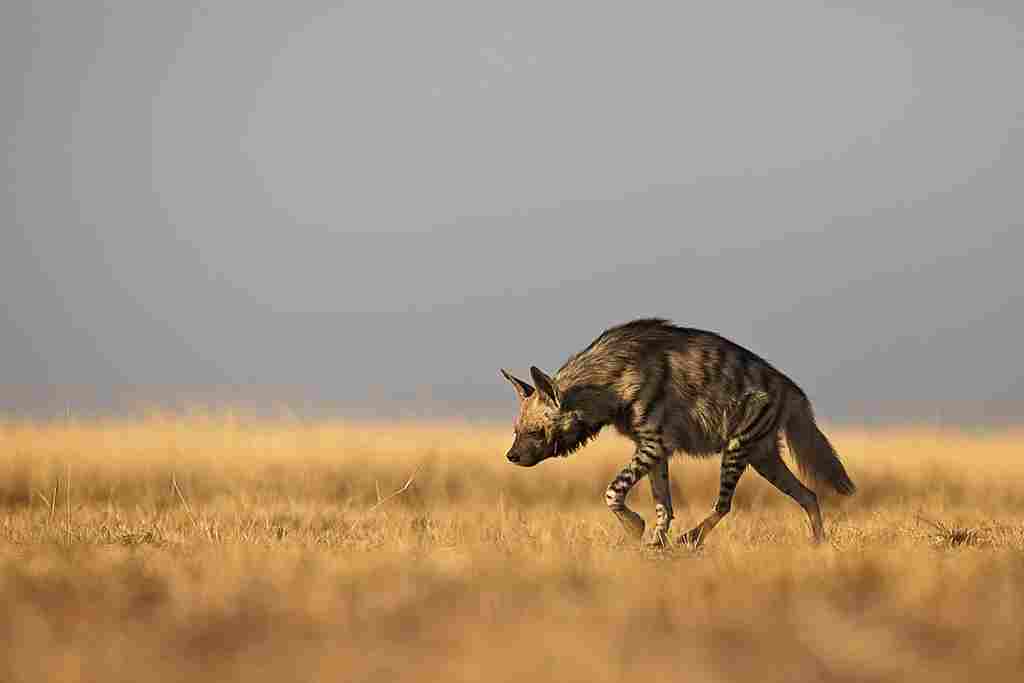
11). Jackal
Another canid that can prey on foxes, especially in desert habitats, is the jackal. Jackals are medium-sized animals, larger than foxes, which gives them an advantage when it comes to hunting and consuming foxes. While jackals have their preferred prey, they can resort to consuming foxes in the absence of their preferred food sources. However, it is important to note that instances of jackals preying on foxes are relatively rare.
Jackals are opportunistic hunters, and they have adapted to survive in various environments, including deserts. They have sharp teeth and strong jaws that allow them to catch and consume smaller animals like foxes. In the desert, where food can be scarce, jackals may target foxes as a potential food source, especially during times when their preferred prey is not readily available.
Unlike some other predators, jackals are solitary hunters. They rely on their keen senses, such as their excellent hearing and sense of smell, to locate potential prey. Once they have identified a fox as a potential target, they will use their agility and speed to chase and capture it. Jackals are known for their ability to adapt to different hunting strategies, making them effective predators in their own right.
While jackals can consume foxes, it is important to understand that this is not their primary food source. They have a diverse diet that includes small mammals, birds, insects, and even fruits. Foxes are not their preferred prey, but in certain circumstances, such as when other food sources are scarce, jackals may resort to hunting and consuming foxes.
12). Wild Dog
Wild dogs, also known as African wild dogs or painted dogs, are another predator that can eat foxes. With their slight size advantage and pack hunting behavior, wild dogs are formidable hunters that can take down prey larger than themselves, including foxes.
Wild dogs are highly social animals that live in packs, consisting of an alpha pair and their offspring. This pack structure gives them a significant advantage when it comes to hunting. They work together as a team, using their excellent communication skills and coordinated strategies to bring down their prey.
When hunting foxes, wild dogs utilize their speed and endurance. They are capable of running at high speeds for long distances, which allows them to chase down their prey. Their slender bodies and long legs are well-adapted for efficient running, making them highly effective predators.
In addition to their physical attributes, wild dogs also have powerful jaws and sharp teeth that enable them to capture and kill their prey. Once they have caught a fox, they will use their strong bite to immobilize it, ensuring a successful hunt.
Wild dogs have a varied diet that includes small to medium-sized mammals, such as antelope, gazelles, and yes, foxes. While foxes may not be their primary prey, wild dogs will not hesitate to take advantage of an opportunity to hunt and consume them.
It is important to note that wild dogs are endangered species, with their populations declining due to habitat loss and human activities. Conservation efforts are crucial to protect these magnificent animals and ensure their survival in the wild.
13). Coyote
Coyotes are natural enemies of foxes, and they can both compete for the same prey. Due to this competition, coyotes have been known to kill and eat foxes. They are opportunistic predators and will take advantage of any available food source, including foxes. Additionally, coyotes are also scavengers and will not hesitate to scavenge on dead foxes.
Coyotes are highly adaptable animals that can be found in a variety of habitats, from forests to deserts. They are known for their intelligence and resourcefulness, which makes them successful hunters. With their keen senses and agility, coyotes are capable of catching and overpowering foxes.
In terms of physical characteristics, coyotes are similar in size to foxes, but they are generally larger and more robust. They have a slender body, long legs, and a bushy tail. These features, combined with their speed and agility, give them an advantage when hunting foxes.
It is important to note that coyotes play a crucial role in maintaining the balance of ecosystems. They help control populations of small mammals, including foxes, which can prevent overpopulation and its negative effects on the environment.
14). Vulture
Vultures are not predators, but they play a crucial role in the ecosystem as scavengers. While they do not actively hunt and kill foxes, they are known to feed on fox carcasses. This makes them an animal that can eat a fox, albeit indirectly.
Vultures are highly specialized birds that have adapted to feed on carrion, or dead animals. They have a keen sense of smell that allows them to detect decaying flesh from great distances. When a vulture spots a dead fox, it will descend upon the carcass and begin to feed.
These birds have unique physical characteristics that make them well-suited for their scavenging lifestyle. Vultures have bald heads, which helps to keep them clean while feeding on carrion. They also have sharp beaks and strong digestive systems that allow them to tear through tough flesh and digest bacteria-laden meat.
Vultures are often seen circling high in the sky, scanning the ground for potential food sources. When they locate a dead fox, they will join other vultures in a feeding frenzy. This behavior is not only beneficial for the vultures themselves, but also for the environment.
By consuming the carcasses of foxes and other animals, vultures help to prevent the spread of disease. They act as nature’s clean-up crew, removing potentially harmful pathogens from the ecosystem. This scavenging behavior also helps to recycle nutrients back into the environment, contributing to the overall health of the ecosystem.
15). Crocodilians
Crocodilians, such as the American crocodile, alligator, and caiman, are formidable predators that can pose a threat to foxes. These reptiles have adapted to their aquatic habitats and are known for their ability to ambush prey that comes close to water bodies or within swamplands.
Crocodilians are well-suited for hunting in water environments. They have powerful jaws lined with sharp teeth that can deliver a crushing bite force. When a fox ventures near the water’s edge, it may become vulnerable to a surprise attack from a lurking crocodilian.
These reptiles are patient hunters, often lying in wait for extended periods, partially submerged in the water. They blend in with their surroundings, making it difficult for prey to detect their presence. When a fox approaches the water, the crocodilian can swiftly launch itself out of the water, using its strong tail and powerful limbs to capture the unsuspecting prey.
Crocodilians have a reputation for their ability to take down large prey, and while foxes may not be their primary target, they are still considered potential prey. The size and strength of crocodilians make them capable of overpowering a fox and delivering a fatal bite.
It’s important to note that crocodilians are opportunistic predators and will generally target easier prey options. They are more likely to go after smaller animals, such as fish, birds, or small mammals. However, if a fox happens to be in the wrong place at the wrong time, it could become a meal for a hungry crocodilian.
The presence of crocodilians in an ecosystem can have a significant impact on the behavior and distribution of foxes. Foxes may avoid areas near water bodies or modify their behavior to minimize the risk of encountering these formidable predators.
16). Humans
While it is rare, humans are capable of hunting and consuming foxes. Unlike other predators, humans have the ability to strategize, capture, and kill foxes using various tools and instruments such as traps and rifles.
Humans, as a species, have developed advanced hunting techniques and strategies over thousands of years. With their intelligence and resourcefulness, they can outsmart foxes and successfully hunt them down. Humans have the advantage of using tools and weapons that give them an edge in capturing and killing foxes.
Traps are commonly used by humans to catch foxes. These devices are designed to immobilize the fox, making it easier for humans to approach and kill it. Traps can be set up in areas where foxes are known to frequent, increasing the chances of a successful capture.
In addition to traps, rifles are another tool that humans use to hunt foxes. With their accuracy and range, rifles allow humans to take down foxes from a distance. This reduces the risk of injury and ensures a quick and humane kill.
It’s important to note that hunting foxes for consumption is not a common practice among humans. In most cases, foxes are hunted for sport or to control their population in certain areas. However, in some cultures or regions, fox meat may be consumed as a source of food.
While humans have the ability to eat foxes, it is crucial to consider the ethical and legal implications of hunting and consuming wildlife. Many countries have regulations and restrictions in place to protect wildlife populations, including foxes. It is important to abide by these laws and ensure the sustainability of fox populations.
17). Constrictor Snakes
Constrictor snakes, such as the Burmese python, are large reptilian predators capable of consuming a variety of small and medium-sized animals, including foxes. These snakes have a unique hunting technique where they use their powerful bodies to constrict and suffocate their prey before swallowing it whole. While it may seem surprising that a snake could eat a fox, their ability to stretch their jaws and dislocate their bones allows them to consume prey much larger than their own size.
Constrictor snakes are known for their impressive size and strength. The Burmese python, for example, can grow up to 23 feet long and weigh over 200 pounds. With their muscular bodies, they are able to overpower and subdue their prey, including foxes, by coiling around them and squeezing tightly. This constriction cuts off the prey’s blood flow and prevents it from breathing, ultimately leading to its demise.
Once the fox is immobilized, the constrictor snake begins the process of swallowing it whole. These snakes have an incredible ability to stretch their jaws and expand their bodies to accommodate prey much larger than their own head. They dislocate their jaws to create a wide opening, allowing them to engulf the fox in one swift motion. The snake then uses its powerful muscles to move the prey down its throat and into its stomach, where it will be slowly digested over the course of several days.
18). Badger
Badgers are not a common predator of foxes, but they have been known to prey on them in certain circumstances. Badgers are omnivorous animals, meaning they eat both plants and animals. They are opportunistic hunters and will take advantage of any available food source, including small mammals like foxes.
Unlike some of the other predators discussed in this article, badgers are not specialized hunters. They do not actively seek out foxes as prey, but if the opportunity presents itself, they will not hesitate to take advantage of it. Badgers have strong jaws and sharp claws, which they use to catch and kill their prey.
Badgers are typically larger and heavier than foxes, which gives them an advantage in a confrontation. They are known for their strength and tenacity, and they can be formidable opponents for smaller animals. While badgers may not be at the top of the list of predators that eat foxes, they are still capable of preying on them if the circumstances are right.
Conclusion
Animals that eat foxes include;
1. Bear
2. Mountain Lion
3. Wolf
4. Wolverine
5. Lynx
6. Bobcat
7. Eagle
8. Hawk
9. Owl
10. Hyena
11. Jackal
12. Wild Dog
13. Coyote
14. Vulture
15. Crocodilians
16. Humans
17. Constrictor Snakes
18. Badger
FAQs
1. Which Animal Eats Foxes?
Foxes have a variety of predators in the wild. Eagles and other raptors are known to prey on foxes, using their sharp talons and beaks to catch and kill them. Bears, especially larger species like grizzly bears, have been observed hunting and eating foxes. Wolves and coyotes, both members of the canine family, are also known to hunt and eat foxes. Wolverines, with their powerful jaws and sharp teeth, are formidable predators that can take down a fox. Additionally, cougars, also known as mountain lions or pumas, have been known to hunt and consume foxes as part of their diet.
2. Are Foxes Predators or Prey?
Foxes are both predators and prey in the animal kingdom. They primarily act as predators, but they can also fall victim to other animals. As predators, foxes are skilled hunters and have a diverse diet that includes small mammals, birds, reptiles, insects, and even fruits. They are known for their cunning and agility, which allows them to stalk and catch their prey efficiently.
However, foxes are not always or typically on top of the food chain. They can become prey to larger predators such as eagles, hawks, and wolves. These animals have the advantage of size and strength, making foxes vulnerable in certain situations. Foxes also face threats from other predators like coyotes and bobcats, which compete for similar food sources.
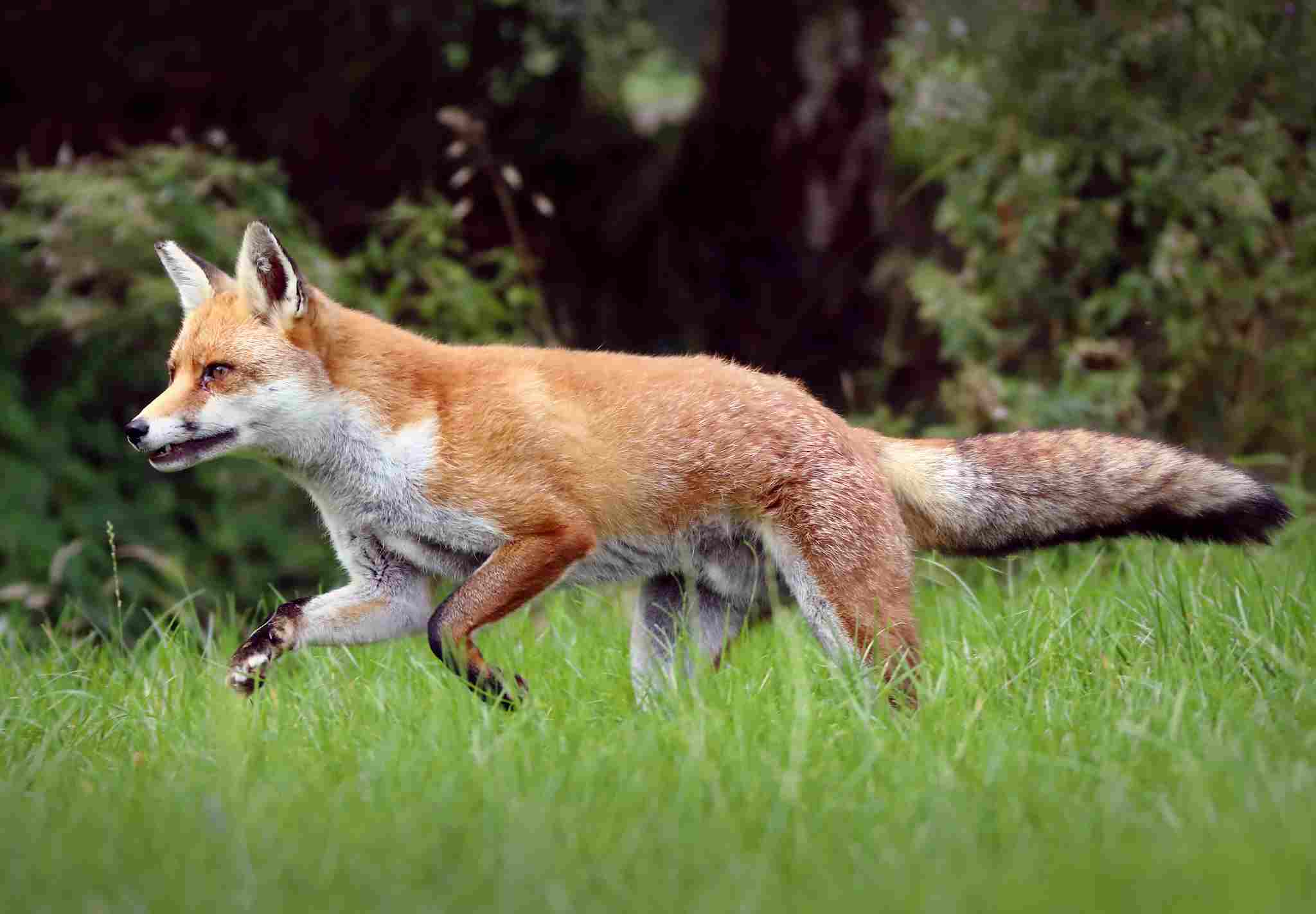
3. What Animal Eats a Fox in the Wild?
In the wild, foxes can become prey to a variety of animals. Predatory birds such as eagles, hawks, and vultures are known to hunt and feed on foxes. These birds of prey have keen eyesight and powerful talons, which make them formidable hunters. Additionally, larger predators like wolves and cougars can also pose a threat to foxes. These animals have the strength and size advantage to overpower and consume foxes if given the opportunity.
Apart from these examples, there are other animals that may prey on foxes in specific circumstances. For instance, larger snakes such as pythons and anacondas have been known to capture and consume foxes. Additionally, some species of large cats, such as jaguars and leopards, have been observed hunting foxes in certain regions.
4. Do Bears Eat Foxes?
Yes, bears do eat foxes, but it is not a common occurrence. Foxes are not a preferred part of a bear’s diet, and they are not typically sought out as prey. However, in unusual scenarios, bears may see a fox as a potential meal. Bears are opportunistic omnivores, meaning they will eat a wide variety of food sources, including small mammals like foxes.
If a bear comes across a fox and the opportunity presents itself, it may choose to hunt and consume the fox. However, it is important to note that this is not a regular occurrence and bears have other food preferences.
5. What Eats a Fox in The Forest?
In the forest, several animals prey on foxes. Bears, cougars, and eagles are among the predators that hunt foxes for food. These animals have different hunting strategies and adaptations that allow them to catch and consume foxes. Bears, being opportunistic omnivores, will eat foxes if given the chance. Cougars, on the other hand, are skilled hunters and can stealthily stalk and pounce on foxes. Eagles, with their sharp talons and keen eyesight, can swoop down from the sky to snatch up foxes.
While these predators may not exclusively rely on foxes as their primary food source, they are capable of hunting and consuming them when the opportunity arises.
6. Do Owls Eat Foxes?
Yes, owls do eat foxes, but their predation is limited to young, sick, or injured foxes. Owls are opportunistic hunters and will take advantage of any easy prey that comes their way. However, healthy adult foxes are typically too large and agile for owls to capture and consume.
Owls primarily feed on smaller mammals, birds, and insects. They use their sharp talons and excellent night vision to hunt and catch their prey. While foxes may be on the menu for owls in certain circumstances, it is not a common occurrence in their diet.
7. Do Lions Eat Foxes?
Yes, lions can eat foxes, particularly mountain lions when they share the same ecosystem. However, lions typically prefer larger prey and will only resort to foxes if their preferred prey is not available. Lions are apex predators and primarily feed on ungulates such as deer, antelope, and zebras. Foxes are much smaller in size and may not be a common part of a lion’s diet.
Lions have a diverse diet and their food choices depend on the availability of prey in their habitat. While lions may occasionally prey on foxes, it is not a regular occurrence in their feeding habits.
8. Do Tigers Eat Foxes?
Yes, tigers do eat foxes, but it is not known to be a preferred part of their diet. Tigers primarily feed on larger prey such as deer, wild boar, and buffalo. However, in parts of Asia where tigers and foxes share the same ecoregion, it is not too unlikely to find tigers preying on foxes. It is important to note that tigers and foxes do not commonly share a natural habitat, as tigers prefer dense forests and grasslands while foxes are more adaptable and can be found in a variety of habitats.
Therefore, while tigers may eat foxes when the opportunity arises, it is not a regular occurrence. Tigers are powerful predators and their diet mainly consists of larger animals that provide them with sufficient sustenance.
9. What Animals Eat Red Foxes?
Red foxes have a variety of predators in the wild. One of the most well-known predators of red foxes is the eagle. With their sharp talons and keen eyesight, eagles are capable of swooping down and capturing foxes. Other predators that pose a threat to red foxes include wolves, mountain lions, coyotes, wolverines, and badgers. These animals are all skilled hunters and have the ability to overpower and prey upon red foxes.
In their natural habitats, red foxes must constantly be on guard against these predators. They rely on their agility, speed, and cunning to evade capture. However, despite their best efforts, red foxes can still fall victim to these larger and more powerful predators. It is a constant battle for survival in the wild, and red foxes must always be wary of the animals that see them as a potential meal.
10. Do Coyotes Eat Foxes?
Coyotes are known to eat foxes in the wild. They are opportunistic predators and have a diverse diet that includes small mammals like rabbits, rodents, and even other small predators like foxes. Coyotes are highly adaptable and can thrive in various habitats, including forests, grasslands, and urban areas. They are skilled hunters and have the ability to chase down and capture foxes.
However, it’s important to note that coyotes are not the only predators of foxes, as there are other animals like wolves and mountain lions that also prey on them. The relationship between coyotes and foxes in the wild is complex and influenced by factors such as competition for resources and territorial boundaries.
11. Do Wolves Eat Foxes?
Yes, wolves do eat foxes. Wolves are apex predators and have a diverse diet that includes small mammals like foxes. They are highly skilled hunters and have the ability to chase down and capture their prey. Wolves are known to hunt in packs, which gives them an advantage when targeting larger animals like foxes. They use their strong jaws and sharp teeth to bring down their prey.
While wolves primarily feed on ungulates such as deer and elk, they will opportunistically prey on smaller animals like foxes when the opportunity arises.
12. Do Badgers Eat Foxes?
Yes, badgers do eat foxes, but it is extremely rare. Badgers are generally heavier and can be more aggressive than foxes, which gives them an advantage in a confrontation. However, it is important to note that badgers primarily feed on smaller prey such as rodents and insects. While they may occasionally prey on a fox, it is not a common occurrence.
The diet of badgers consists mainly of earthworms, small mammals, birds, eggs, and fruits. So while badgers have the capability to eat foxes, it is not a regular part of their diet.
13. What Do Red Foxes Eat?
Red foxes have a wide-ranging diet due to their omnivorous nature. They consume a variety of food sources, including rodents, birds, reptiles, amphibians, insects, fruit, and carrion. Their ability to adapt to different environments allows them to find food in various habitats.
In terms of small mammals, red foxes primarily target rodents such as mice, voles, and rabbits. They also feed on birds, especially ground-nesting species. Additionally, they have been known to consume reptiles and amphibians, such as snakes and frogs. Insects, including beetles and grasshoppers, are also part of their diet.
Red foxes are opportunistic scavengers and will eat carrion when available. They are also known to consume fruits, particularly berries, during certain seasons. Overall, the red fox’s diet is diverse and adaptable, allowing them to survive in a range of environments.
